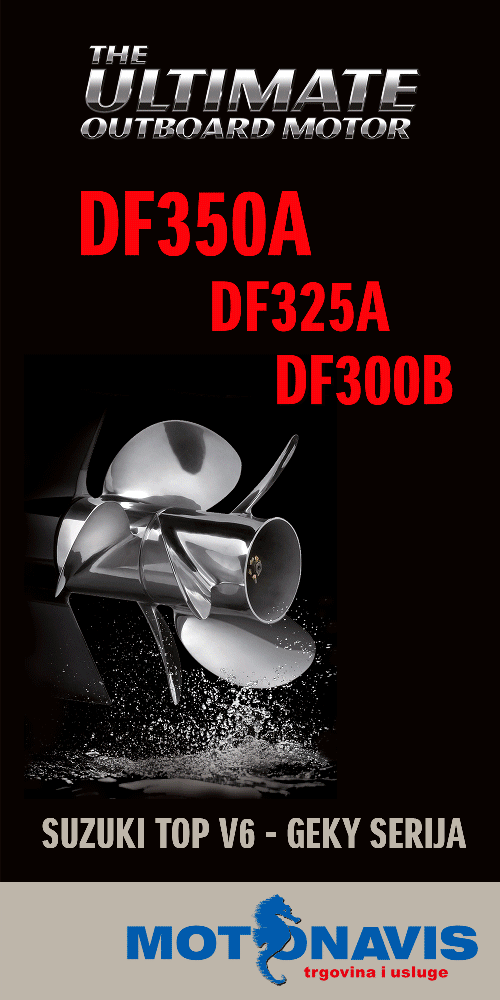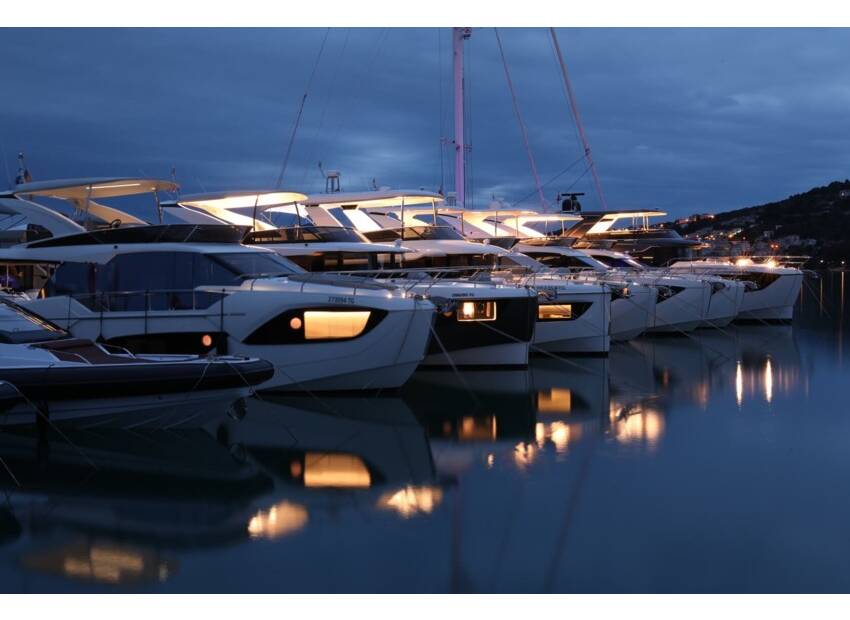“All aboard” has a nautical connotation, but the phrase is also associated with trains. Like a train pulling a variety of cars — passengers, freight cars, flatbeds, tanks, etc. — a boat consists of various and disparate elements comprising the whole. And like a train, these elements are connected, and, in the best boats, all driving toward the same place.
Weight management provides a good illustration. Builders who utilize techniques such as cold-molding, infusion and vacuum-bagging, and materials like knitted reinforcing fabric and lightweight cores, all share the primary goal of reducing the boat’s weight. The obvious benefits of reducing weight are increased speed and efficiency. In fact, reducing weight is the biggest factor affecting how fast or efficient a given design will run with a given amount of power.
However, there are less obvious benefits coupled to reducing a boat’s weight. If a boat can be made lighter, and thus more efficient, it requires smaller engines to achieve the designed speed and can also utilize smaller fuel tanks without compromising range. Now you pick up space in the boat, enabling better serviceability and easier installation of accessories such as air-conditioners and gensets, or the aft cabin can be made that much wider. On the face of it, it might not seem like much, but when a berth goes from 48 inches wide to 54 inches wide, or the clearance around a filter or fitting goes from two inches to four inches, it makes a difference. If you’ve slept aboard or performed your own service, you know this is true.
Weight reduction may do more than make smaller engines possible; for some boats it can mean the difference between achieving acceptable performance with single or twin engines. Whether you’re talking gear cases, struts, shafts or, yes, even props, two of each creates more drag, which costs more power than does one.
Now that the boat is more serviceable, has less drag and features roomier accommodations, how about making it fancier? Lighter weight can allow this as well. Real stone can replace faux-granite countertops, and solid wood can replace lightweight (and easily scratched) laminate sole coverings, paneling and cabinetry. Of course, these things add back some of the weight you took out, so you end up maintaining efficiency instead of increasing it. That can still be a good deal, unless you’re ignoring market dynamics. Those building live-aboard cruisers are trying to push different buttons than those who make go-fasts. And there are innumerable boating niches between those extremes, with boaters seeking the best horsepower for their particular course.
You can see that weight reduction is part of a cycle — call it a design spiral or circle. Smaller tanks, less draft, less drag, all of these things work in concert and feed off one another. Like a train, they are all connected and driving toward the same goal. Viewed from a broader perspective, weight reduction connects unrelated features as securely as an engine to its coal car. Famed yacht designer Uffa Fox once said that the only engineered product that benefits from increased weight is a steamroller.
There are examples from my own experience that contradict this maxim. Drift fishing in a rolling sea, where a heavier boat of similar design usually provides a gentler heave, is one. Another is during rowing, when the heavier skiff will carry its way better between strokes, especially in a chop. But now we’re back to the horses-for-courses issue. What do you think?
by Kevin Falvey/www.boatingmag.com
Related articles

Astondoa 377 Coupe
A sporty line’ yacht in harmony with the marine environment that reflects the personality of the Shipyard's "Savage Ocean line"





















